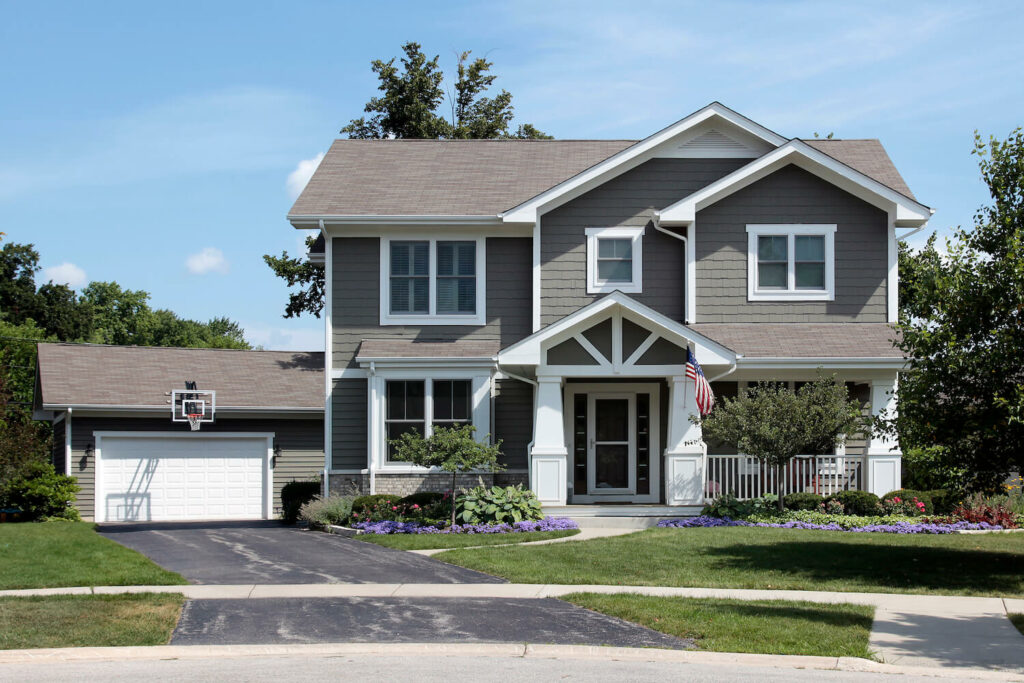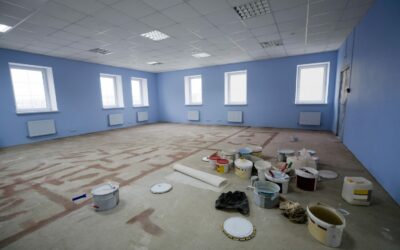
Summer is a popular time for homeowners to tackle exterior painting projects. The warm weather and longer days provide optimal conditions for painting and drying. However, it’s essential to understand how the summer weather can impact your painting project. From temperature and humidity to rainstorms and intense sunlight, various factors can influence the outcome and longevity of your exterior paint job. In this article, we will explore the potential effects of summer weather on your painting project and provide tips to ensure a successful and durable result.
Temperature and Humidity
Summer brings high temperatures and increased humidity levels, which can significantly impact the painting process. It’s important to consider the following factors:
- Ideal Temperature Range: Most paint manufacturers recommend applying exterior paint when temperatures are between 50 to 90 degrees Fahrenheit (10 to 32 degrees Celsius). Extreme heat can cause the paint to dry too quickly, leading to poor adhesion and a subpar finish. On the other hand, excessively low temperatures can slow down the drying process and prevent proper curing. Aim for painting during moderate temperatures to achieve the best results.
- Humidity Levels: High humidity can affect the drying time and curing process of exterior paint. Excessive moisture in the air can slow down the drying process, leading to extended drying times and an increased risk of paint failure. It’s advisable to paint during periods of lower humidity to ensure optimal drying and adhesion.
Rain and Thunderstorms
Summer weather often brings sudden rain showers and thunderstorms. These weather conditions can be detrimental to your painting project if not properly accounted for:
- Wet Surfaces: Painting on damp or wet surfaces can result in adhesion issues and poor paint adhesion. Make sure to schedule your painting project during a period of dry weather to ensure the surfaces are completely dry.
- Rain during Drying Time: If rain occurs shortly after you’ve applied the paint, it can wash away or dilute the paint, leading to streaks and uneven coverage. Always check the weather forecast and plan your painting schedule accordingly, allowing ample time for the paint to dry before any potential rain.
Sun Exposure
Intense sunlight can have various effects on your exterior paint job. Consider the following:
- Paint Drying: Direct exposure to intense sunlight can cause the paint to dry too quickly, leading to improper curing and reduced adhesion. It’s advisable to paint in the morning or late afternoon when the sun is less intense.
- Fading and Discoloration: Prolonged exposure to sunlight can cause fading and discoloration of exterior paint over time. To mitigate this, choose high-quality, UV-resistant paints specifically formulated for outdoor use. Additionally, consider using lighter colors that are less prone to fading.
Tips for a Successful Exterior Painting Project
- Choose the Right Paint: Select a high-quality exterior paint that is suitable for your climate. Look for paints with UV protection and weather-resistant properties to ensure longevity and durability.
- Prepare the Surfaces: Properly clean and prepare the surfaces before painting. Remove any dirt, loose paint, and mildew. Repair any cracks or damage and ensure a smooth and even surface for optimal paint adhesion.
- Check the Weather Forecast: Stay updated on the weather conditions and plan your painting schedule accordingly. Avoid painting during periods of extreme heat, high humidity, or when rain is forecasted.
- Use the Right Tools and Techniques: Use high-quality paintbrushes, rollers, and other painting tools to achieve a professional finish. Follow the manufacturer’s instructions for proper application and drying times.
- Seek Professional Help: If you’re unsure about tackling an exterior painting project yourself, consider hiring a professional painting contractor. They have the expertise and experience to handle different weather conditions and ensure a high-quality, long-lasting paint job.
Conclusion
Summer is a great time to embark on an exterior painting project, but it’s crucial to understand how the summer weather can impact the process and outcome. Temperature, humidity, rain, sunlight exposure, and other factors can affect the drying, adhesion, and longevity of your paint job. By considering these factors and following the tips provided, you can overcome the challenges posed by summer weather and achieve a successful and durable exterior painting project. So, plan accordingly, choose the right materials, and enjoy the satisfaction of a freshly painted home that withstands the elements for years to come.
Read Other Blog Posts
Choosing Affordable Expert Paint Services That Don’t Compromise Quality
The quest for affordable yet...
Why Professional Painting Services are Vital for Commercial Properties
The façade of a commercial...
The Dos and Don’ts of Choosing Paint Colors for Your Home
Selecting paint colors for...
House Budgeting Brilliance: A Guide to Estimating Interior Painting Costs
Painting your home's interior...
The Painters Color Clock: How Often Should You Get Your Walls Painted?
The walls of our homes serve...
How Color Consultations Contribute to a Cohesive Home Design
Designing a home involves a...






